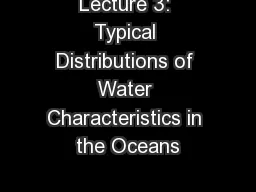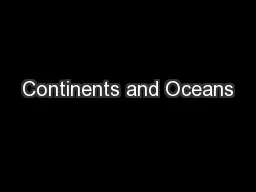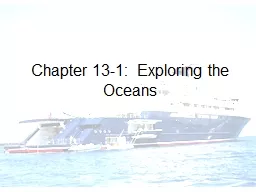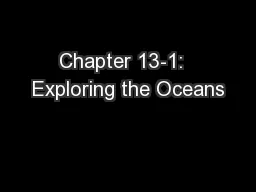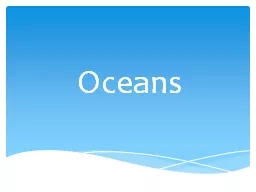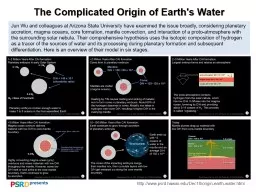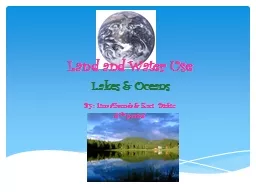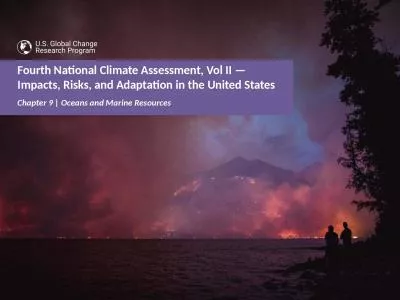PPT-Lecture 3: Typical Distributions of Water Characteristics in the Oceans
Author : karlyn-bohler | Published Date : 2019-03-19
Introductive Physical Oceanography This powerpoint was prepared for purposes of this lecture and course only It contains graphics from copyrighted books and journals
Presentation Embed Code
Download Presentation
Download Presentation The PPT/PDF document "Lecture 3: Typical Distributions of Wate..." is the property of its rightful owner. Permission is granted to download and print the materials on this website for personal, non-commercial use only, and to display it on your personal computer provided you do not modify the materials and that you retain all copyright notices contained in the materials. By downloading content from our website, you accept the terms of this agreement.
Lecture 3: Typical Distributions of Water Characteristics in the Oceans: Transcript
Download Rules Of Document
"Lecture 3: Typical Distributions of Water Characteristics in the Oceans"The content belongs to its owner. You may download and print it for personal use, without modification, and keep all copyright notices. By downloading, you agree to these terms.
Related Documents

